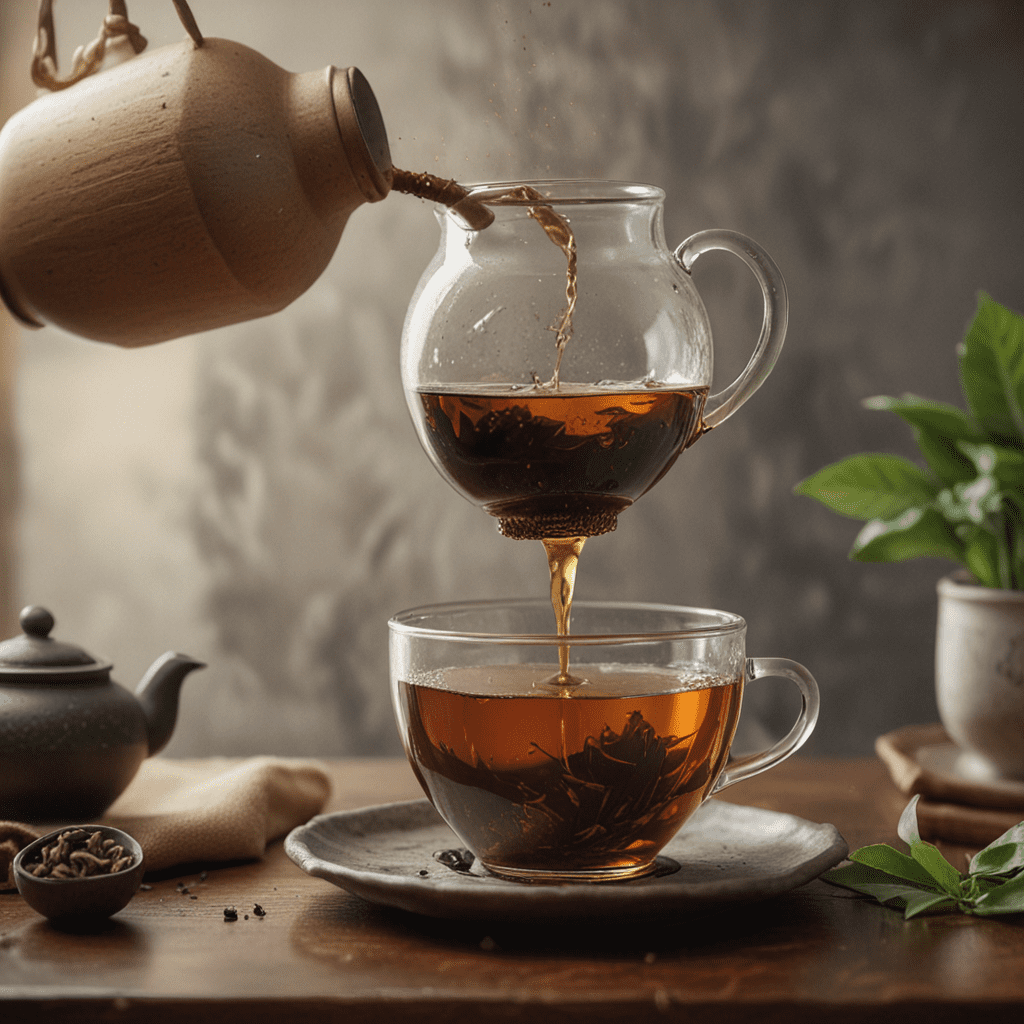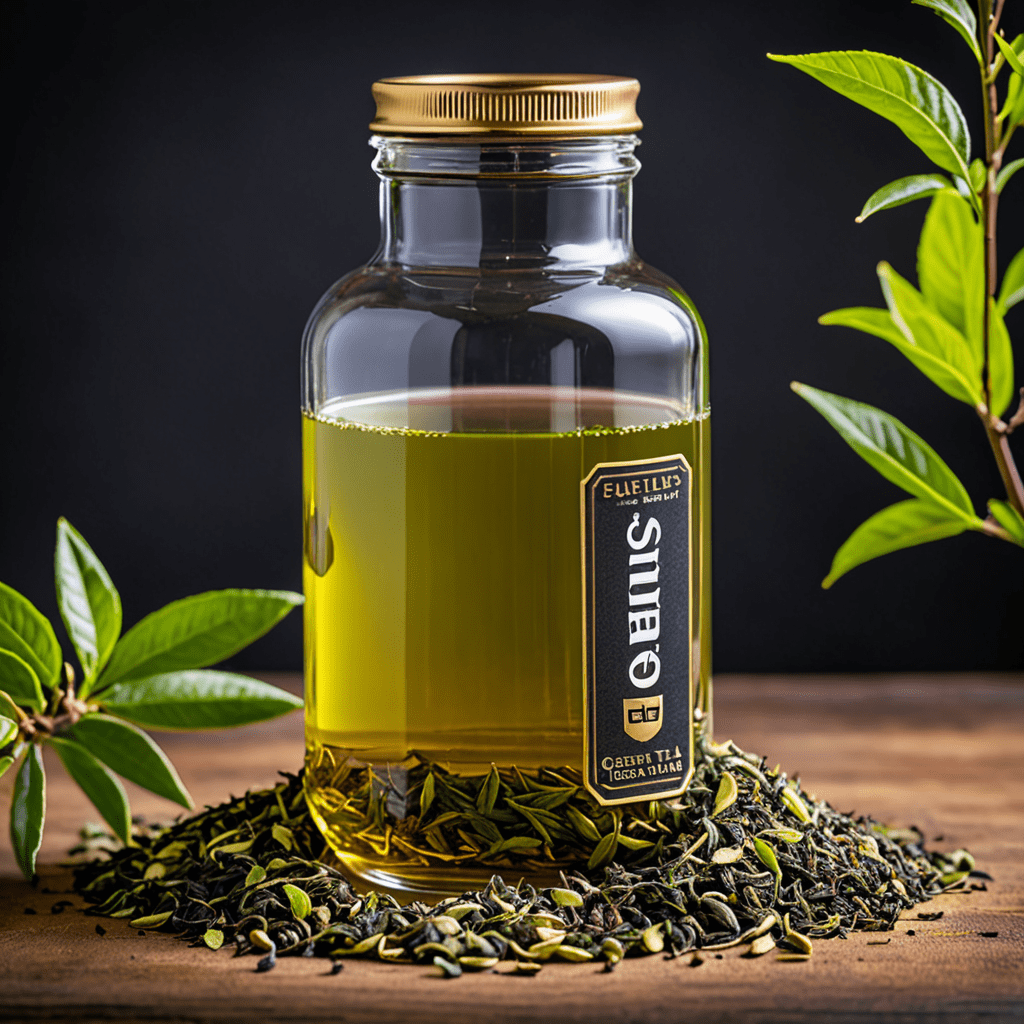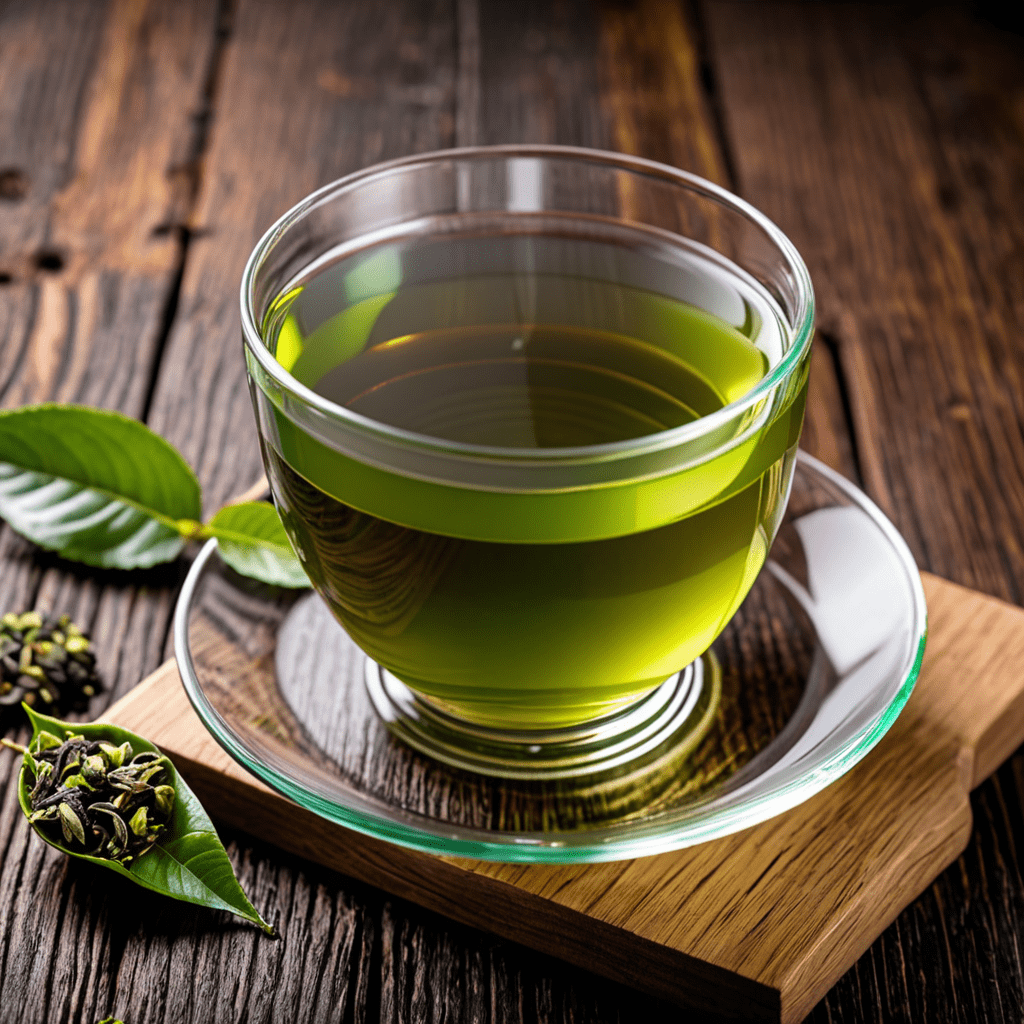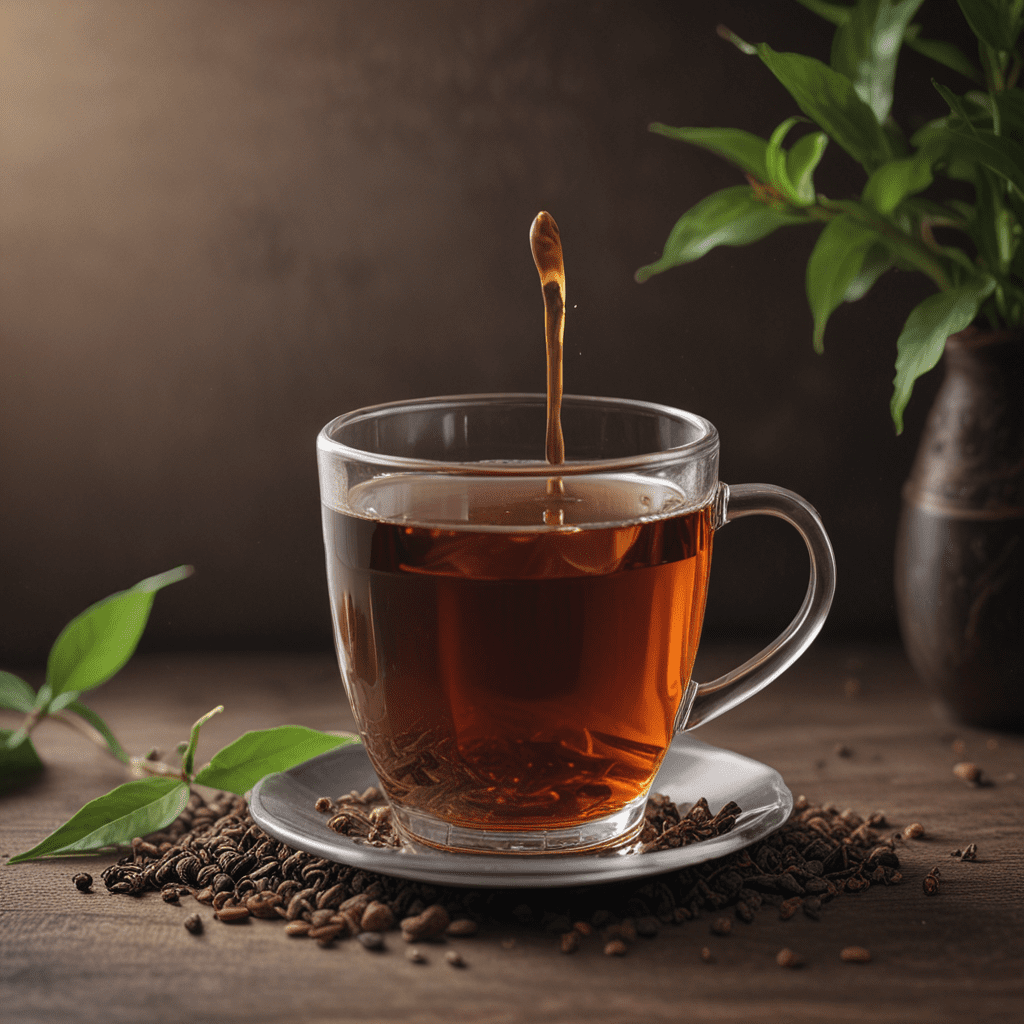
The Art of Tea Brewing: Mastering Ceylon Tea Preparation
1. Introduction: The Allure of Ceylon Tea
Ceylon tea, a symphony of flavors and aromas, captivates tea enthusiasts worldwide. This exquisite beverage, hailing from the verdant hills of Sri Lanka (formerly Ceylon), holds a prominent place in the global tea lexicon. Renowned for its distinctive character and unparalleled quality, Ceylon tea embodies the essence of tea-growing artistry.
2. Understanding Ceylon Tea Varieties: Nuwara Eliya, Uva, and Dimbula
Ceylon tea encompasses a diverse range of varieties, each boasting unique characteristics. Nuwara Eliya, grown in the central highlands, is celebrated for its delicate floral notes and subtle astringency. Uva, cultivated in the southeastern region, exudes a robust flavor with hints of spice and honey. Dimbula, originating from the central hills, offers a balanced blend of strength and aroma, making it a versatile choice for tea connoisseurs.
3. The Perfect Brew: Equipment and Techniques
Brewing Ceylon tea is an art form, requiring precision and attention to detail. The ideal equipment includes a teapot or infuser, a teacup, and a timer. The water temperature and steeping time play crucial roles in extracting the tea's full flavor potential. For optimal results, use freshly boiled water and adjust the steeping time according to the desired strength.
4. Step-by-Step Guide to Brewing Ceylon Tea
- Warm the teapot by rinsing it with hot water.
- Add 2-3 grams of loose Ceylon tea leaves per 8 ounces of water.
- Pour freshly boiled water over the tea leaves and start the timer.
- Steep the tea for the recommended time (typically 3-5 minutes).
- Strain the tea into the teacup and enjoy.
5. Water Temperature and Steeping Time: The Crucial Factors
The water temperature and steeping time have a profound impact on the flavor of Ceylon tea. Using water that is too hot can result in a bitter brew, while water that is too cold may fail to extract the tea's full potential. The recommended water temperature ranges from 180-205°F (82-96°C). The steeping time varies depending on the desired strength, with longer steeping times producing a stronger brew.
6. Experimenting with Milk and Sugar: Balancing Flavors
Ceylon tea offers a versatile canvas for experimenting with milk and sugar, allowing you to customize the taste to your preferences. Milk can enhance the tea's body and mellow its tannins, creating a creamier, more indulgent beverage. Sugar, on the other hand, adds sweetness, balancing the tea's natural bitterness. The key is to find the right balance, ensuring that the added ingredients complement the tea's unique flavor profile.
7. Teaware and Presentation: Enhancing the Experience
The choice of teaware can significantly elevate the Ceylon tea drinking experience. Traditional teacups, made from fine china or porcelain, enhance the aroma and flavor of the tea, allowing you to fully appreciate its delicate nuances. The design and shape of the cup can also impact the overall sensory experience. Consider using a teapot with an infuser basket to allow the tea leaves to expand and infuse the water more effectively.
8. Tea and Health: Unveiling the Benefits of Ceylon Tea
Beyond its tantalizing flavors, Ceylon tea is also renowned for its potential health benefits. It is a rich source of antioxidants, which help protect the body from damage caused by free radicals. Studies have suggested that regular consumption of Ceylon tea may support heart health, reduce inflammation, and boost the immune system. However, it is important to consult a healthcare professional before making any significant dietary changes.
9. Cultural Significance of Ceylon Tea: A Beverage Steeped in Tradition
Ceylon tea is deeply intertwined with the culture and history of Sri Lanka. For centuries, tea has been an integral part of Sri Lankan society, from humble gatherings to grand celebrations. Tea plantations, scattered across the country's lush hillsides, are not only symbols of the nation's agricultural heritage but also a testament to the skill and dedication of its tea growers. The ritual of brewing and enjoying Ceylon tea transcends mere consumption; it is an expression of shared traditions and a celebration of Sri Lankan identity.
10. Conclusion: The Symphony of Savor and Serenity
Brewing Ceylon tea is an art that requires patience, precision, and an appreciation for the delicate nuances of flavor. Whether you enjoy it as a morning pick-me-up, an afternoon respite, or an evening indulgence, Ceylon tea offers a symphony of savor and serenity that transports your senses to the verdant hills of Sri Lanka. Its versatility, health benefits, and cultural significance make it a beverage that will continue to captivate tea lovers worldwide for generations to come.
FAQs
1. What is the difference between black and green Ceylon tea?
Black Ceylon tea undergoes a full oxidation process, resulting in a dark, bold liquor with robust flavors. Green Ceylon tea, on the other hand, undergoes minimal oxidation, preserving its fresh, grassy notes and lighter color.
2. How can I store Ceylon tea properly?
To preserve its freshness and flavor, store Ceylon tea in an airtight container in a cool, dry place away from direct sunlight. It is best consumed within a few months of purchase.
3. Is it okay to re-steep Ceylon tea leaves?
Yes, Ceylon tea leaves can be re-steeped multiple times. However, the subsequent infusions will be weaker in flavor and may have a slightly different taste profile.


